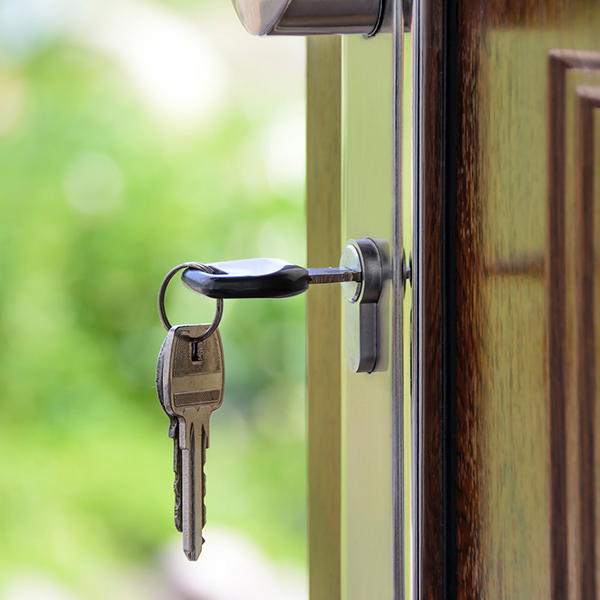Buying a home is often an overwhelming experience for a first-time buyer.
It’s the biggest purchase most people will make, and because emotions are always involved, avoidable – and potential costly – mistakes could be made along the way.
But, buying a home doesn’t have to be a stressful experience. We’ll guide you through the home-buying process, and our experience will help you avoid the pitfalls in finding the home that is right for you.
Here are the 4 key steps to get you started:


For a first-time homebuyer, it is important to avoid common pitfalls.
Here are some tips to keep in mind:
Renting vs. Home Ownership
This is a decision that is not as easy to make as it may sound.
As a homeowner, you can reasonably expect the equity in your home to increase over time as your mortgage is paid down. In contrast, while renting over the same period of time leaves no property investment, renting may provide lower living expenses and the opportunity to invest in other opportunities.
In the owning vs renting decision it is important to add up all of the figures, including the cost of your home, the size of your down payment, utilities, immediate repairs, interest rates and insurance, and compare them with how much you are currently spending on rent.
Of course, you also have to place a value on the enjoyment and satisfaction that you will derive from owning your own home.

Cost Saving Tips
Questions? I’d be happy to answer them!
Complete the form below and I’ll get back to you as soon as I can.

